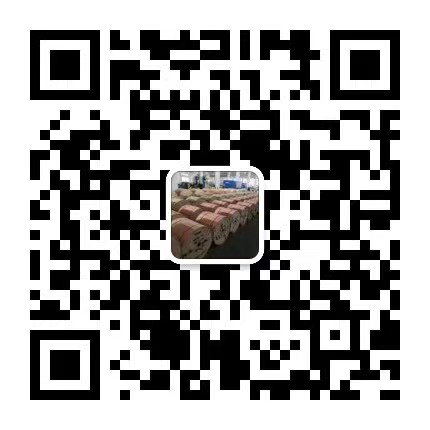In modern telecommunications and data transmission systems, optical fiber cables play a crucial role in transmitting vast amounts of data over long distances. These cables are typically connected to various network devices using transceivers. This article will explain the basic principles behind connecting optical fiber cables and transceivers.
1. Optical Fiber Cable
Optical fiber cables are made of thin strands of glass or plastic that can transmit data in the form of light pulses. The core of the fiber is surrounded by a cladding layer that helps guide the light within the core. To connect optical fiber cables, several steps are involved:
2. Preparing the Optical Fiber Cable
Before connecting the cable to a transceiver, it's essential to prepare the cable properly. This involves stripping the protective jacket, exposing the core and cladding, and cleaning the ends to ensure minimal signal loss.
3. Transceivers
Transceivers are devices that send and receive optical signals. They are commonly used in network switches, routers, and other network equipment. Transceivers contain a laser diode to transmit signals and a photodetector to receive them. The process of connecting optical fiber cables to transceivers can be summarized as follows:
4. Insertion and Latching
Insert the cleaned and prepared end of the optical fiber cable into the transceiver's receptacle. The transceiver's design will typically feature a latching mechanism to secure the connection. Ensure that the cable is inserted correctly and securely.
5. Light Transmission
Once the cable is connected to the transceiver, data is transmitted in the form of light pulses. The laser diode in the transceiver generates the optical signal, which is then sent into the core of the optical fiber cable. The signal travels through the core, guided by total internal reflection within the cladding layer.6. Reception
At the other end of the optical fiber link, another transceiver is used to receive the incoming optical signal. The photodetector in the receiving transceiver detects the light pulses and converts them back into electrical signals for further processing by the connected network equipment.
7. Data Transmission
With the optical fiber cable properly connected to both transmitting and receiving transceivers, data can flow seamlessly between network devices at the speed of light, allowing for high-speed data transmission over long distances.
Conclusion
The connection of optical fiber cables to transceivers is a fundamental aspect of modern data communication. These connections enable the transmission of data through the use of light pulses, offering high-speed, low-latency communication over extended distances. Properly connecting and maintaining these components is essential for ensuring reliable and efficient network performance.
Please note that due to my text-based nature, I'm unable to provide images, but you can easily find visual references for these components through an internet search.
Contact: Allen
Phone: +86 18025260951
E-mail: allen@yitofc.com
Whatsapp:+86 18025260951
Add: No.166 Old Road Nanhuang Zhongtang Town Dongguan City Guangdong Province
We chat
